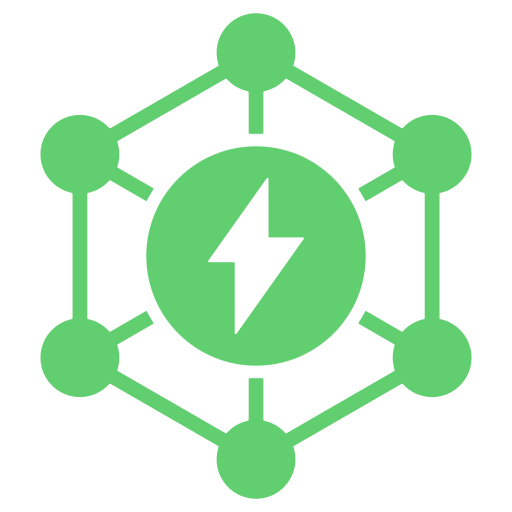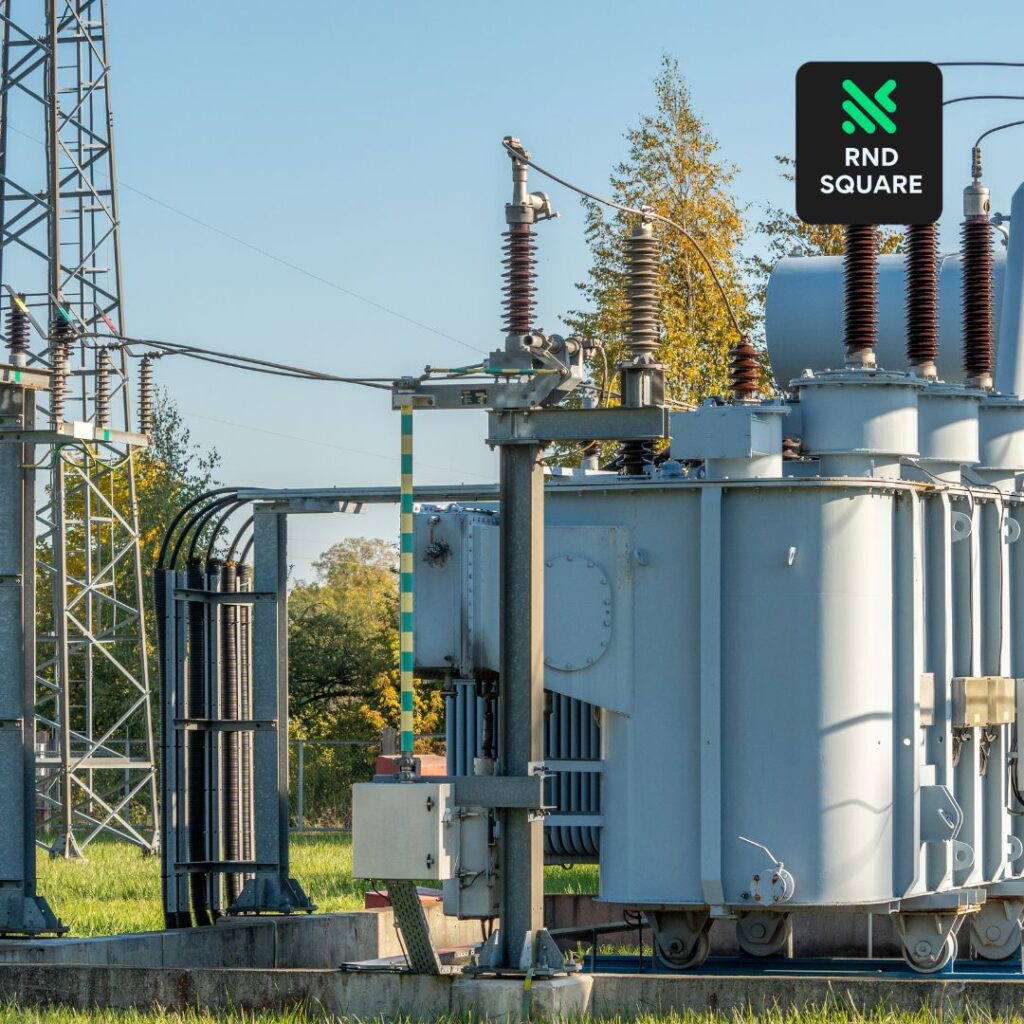Energy Things
Connecting the Dots: The Future of Energy Things
Revolutionize Your Energy: The Power of Connected Systems
Imagine a world where your home, car, and workplace seamlessly collaborate to optimize energy use, save money, and protect the environment. Welcome to the future of interconnected energy systems.
Why Energy Things Matter
In today’s rapidly evolving energy landscape, smart, connected devices are no longer science fiction—they’re the key to a more efficient, sustainable future. Our cutting-edge solutions harness the power of the Internet of Things (IoT) to transform how we generate, distribute, and consume energy.

Unlock the Potential of Connected Energy

Intelligent Grid Management
• Respond to grid fluctuations in milliseconds
• Maintain optimal frequency and voltage stability
• Reduce the risk of blackouts and energy waste

Significant Cost Savings
• Cut energy bills by up to 30% in commercial settings
• Reduce residential energy costs by 10-15% on average
• Optimize energy use based on real-time pricing

Seamless Renewable Integration
• Balance intermittent renewable sources effortlessly
• Increase grid renewable penetration by up to 40%
• Accelerate the transition to clean energy

Consumer Empowerment
• Take control of your energy consumption
• Participate in grid services and earn rewards
• Contribute to a greener, more resilient energy ecosystem

Predictive Maintenance & Reliability
• Reduce power outages by up to 50%
• Extend the life of critical infrastructure
• Ensure a more dependable energy supply for all
Building Blocks of Energy Things
- Batteries: Batteries store and supply energy to stabilize the grid and support renewable energy sources. They can store excess energy generated from solar panels during the day and release it during
peak hours to balance demand and supply. - EV Chargers: EV chargers provide the necessary infrastructure for electric vehicles, facilitating the
adoption of cleaner transportation. For instance, smart EV chargers can schedule charging during off-peak
hours to reduce load on the grid and lower electricity costs. - Heat Pumps: Heat pumps efficiently manage heating and cooling in residential and commercial buildings.
They can adjust their operation based on real-time electricity prices, reducing energy consumption during
peak hours and increasing it during off-peak times. - Transformers: Transformers distribute electricity at various voltage levels to ensure reliable power delivery. Smart transformers can monitor load conditions and optimize voltage levels to reduce losses
and improve efficiency. - Industrial Machines: Industrial machines optimize energy use in manufacturing and production processes. Machines equipped with IoT sensors can predict maintenance needs and adjust operations to
minimize downtime and energy use. - HVAC Systems: HVAC systems control climate and air quality in buildings, optimizing energy use. For
instance, smart HVAC systems can regulate usage based on peak and off-peak hours, reducing operation
during high-cost periods and pre-cooling or pre-heating spaces during lower-cost times. - Sensors: Sensors monitor various parameters like temperature, humidity, and energy consumption for
better control and management. Occupancy sensors can adjust lighting and HVAC settings
based on room usage, improving energy efficiency and comfort.
Wired Connectivity
- Power Line Communication (PLC): Uses existing power lines for data transmission, ideal for smart meters and residential energy devices.
- Ethernet: Provides high-speed, reliable connections for stationary devices such as transformers and industrial machines.
- Fiber Optic: Offers long-distance, high-bandwidth connections for critical infrastructure.
Wireless Connectivity
- Cellular Networks (4G/5G): Provide wide-area coverage for mobile and remote devices, offering high data rates and low latency
- Wi-Fi: Ideal for local area network connectivity in residential and commercial settings, suitable for devices like EV chargers.
- LoRaWAN: Supports long-range, low-power communication for battery-operated devices spread over large areas, such as remote monitoring of transformers.
- Zigbee/Z-Wave: Mesh networking protocols for home and building automation, operating on low power and providing robust local connectivity.
- Bluetooth Low Energy (BLE): Short-range communication protocol for personal devices, useful for monitoring and control applications.
Application Layer Protocols
- MQTT (Message Queuing Telemetry Transport): A lightweight publish-subscribe protocol ideal for constrained devices and networks
- CoAP (Constrained Application Protocol): A RESTful protocol for resource-constrained devices, supporting efficient communication.
- HTTP/HTTPS: Standard web protocols for broader internet connectivity and secure data transmission.
- WebSocket: Enables full-duplex communication for real-time data exchange, enhancing responsiveness in energy systems.
- CIM (Common Information Model): IEC 61970/61968 standards for electric power systems, supporting data interoperability.
- OpenADR: Automated demand response communication standard, enabling efficient energy management.
- OCPP (Open Charge Point Protocol): Facilitates communication between EV charging stations and management systems, ensuring interoperability.
- IEC 61850: Standard for the design of electrical substation automation, supporting real-time communication and interoperability between intelligent electronic devices (IEDs).
- DLMS/COSEM (Device Language Message Specification/Companion Specification for Energy Metering): Suite of standards for smart meters and energy management systems, defining data models and protocols for communication.
Semantic Interoperability
- RDF (Resource Description Framework): A data model for describing resources and their relationships, facilitating semantic data exchange.
- OWL (Web Ontology Language): An expressive language for defining ontologies, supporting complex data relationships.
- SAREF (Smart Appliances REFerence): An ontology for smart appliances in energy management systems, promoting standardization and interoperability
Edge Computing
- Local Data Processing and Aggregation: Reduces latency and bandwidth requirements by processing data close to its source.
- Real-time Decision Making and Control: Enables rapid responses to changing conditions in the energy network.
- Reduced Latency and Bandwidth Requirements: Enhances the efficiency and reliability of the network.
AWS Greengrass
AWS Greengrass extends AWS to edge devices so they can act locally on the data they generate while still using the cloud for management, analytics, and durable storage. This is particularly useful for local data processing, real-time decision making, and ensuring reduced latency.Cloud Computing
- Centralized Data Storage and Advanced Analytics: Offers scalable storage and processing power for largescale energy management systems.
- Data Aggregation and Visualization: Provides comprehensive insights and visualizations of energy data from numerous devices.
- Machine Learning and Predictive Analytics: : Enables advanced analytics for demand forecasting, anomaly detection, and optimization.
Azure IoT Hub and Azure IoT Central
Azure IoT Hub and Azure IoT Central provide a robust cloud platform for managing IoT devices, aggregating data, and performing advanced analytics. They enable centralized data storage, machine learning integration, and comprehensive visualization capabilities.
Future
Contact us

